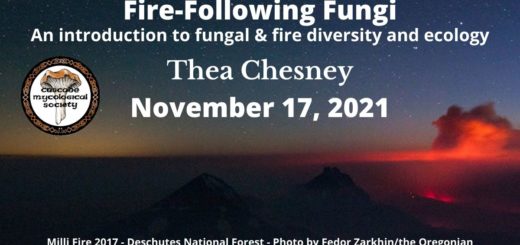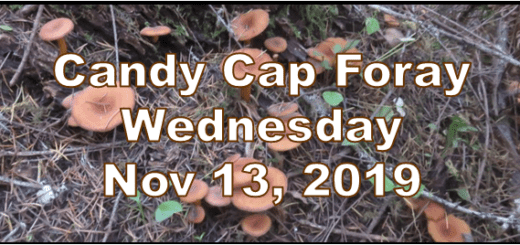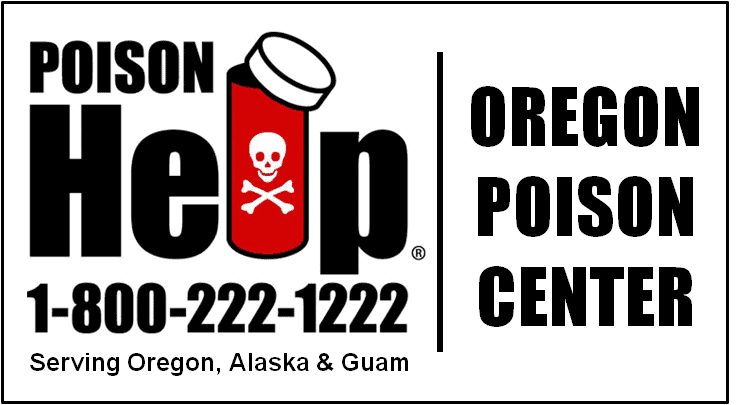A tale about a turkey

If the title of this article has started you salivating at the idea of eating a nicely basted, golden brown butterball turkey, I apologize. While I can clearly remember amazing Thanksgiving dinners at my parents home many moons ago, the turkey in this article isn’t generally served on a platter, although these days anything is possible.
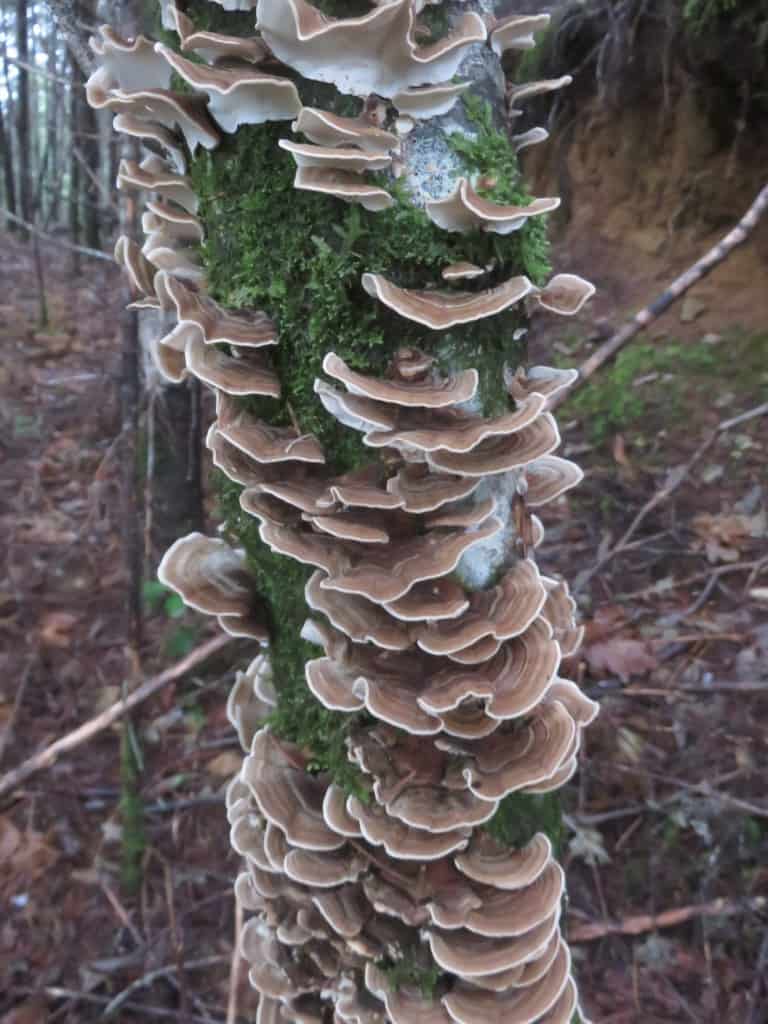
I am actually referring to the ubiquitous fungus commonly called the Turkey Tail Mushroom (Trametes versicolor). In China they are called Yun Zhi, meaning cloud fungus and in Japan it is called Kawaratake, no that’s not the name of a Japanese motorcycle manufacturer, it actually interprets as; mushroom by the riverbank. While I have no doubt that turkey tail mushrooms grow by the riverbanks in Japan, they also grow just about everywhere else in the world. I also have no doubt that if you’ve ever walked around your neighborhood, a local park, or in the woods, you’ve seen or walked past this mushroom even if you didn’t know it.
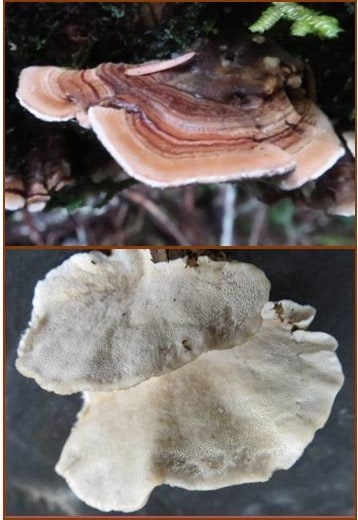
Trametes versicolor is a Saprotrophic fungus which digests both cellulose and lignin in dead, dying, and sometimes distressed trees to obtain carbohydrates and other needed compounds for growth. When it comes to tree species, I like to think of it as being an indiscriminate consumer of wood types as I have found it on hardwood, conifers, siding, older pieces of treated lumber, and my half-wine barrel which it digested to the great dismay of the blueberry plant it contained. If you find a patch of fresh turkey tail mushrooms, they will display a pattern of concentric, alternating color bands mostly consisting of white, reddish brown, gray, cinnamon, as well as darker tones. The cap is typically composed of soft velvety hairs and the underside will have a whitish color and similarly sized pores, never gills. This species also causes white rot as it digests the lignin of plant cells leaving behind a white cellulose in its place. This trait has drawn the interest of companies that mill paper as an effective alternative to using more harsh chemicals to bleach wood pulp that will be made into paper products.
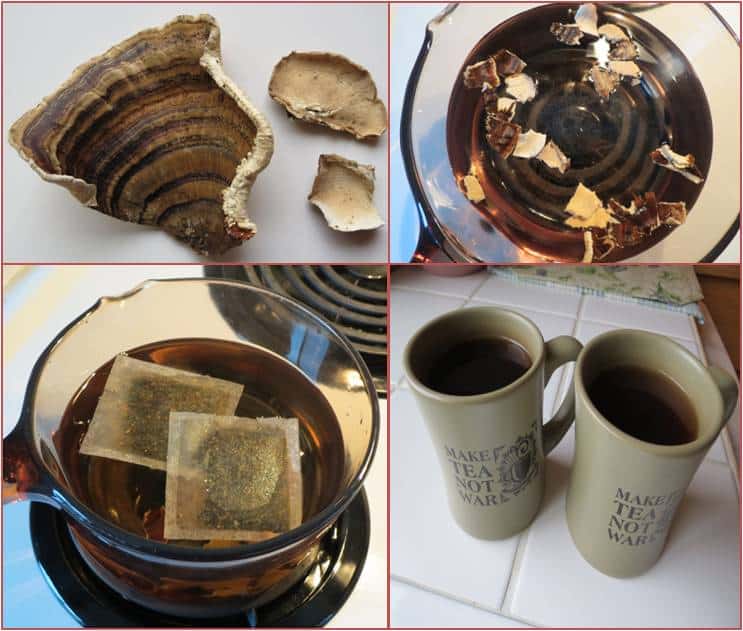
However, the real interest in this fungal species is for its potential medicinal properties. Trametesversicolor has been used medicinally for centuries in Asia and is now being researched here for treating different diseases, cancer being at the top of the list. While turkey tail is far too tough to be of any culinary use it does however make a nice mushroomy flavored tea and it’s a good way to extract some of its beneficial health compounds. There are many long-involved recipes for making tea but I simply take a medium sized piece of mushroom, break it into small pieces and put them into a pan holding about a quart of water. Bring the water to a boil then turn the heat down to a simmer for about 20 minutes. For the last several minutes I sometimes add a few herbal tea bags to add some additional flavor to the tea.
While this mushroom is easily recognized it is always good to use trusted websites to do your own research and hunt with a friend that is very familiar with Trametes versicolor. Drying it is easy as you just need to leave it spread out on some surface for a week or so then store it in a lidded glass jar. I would totally recommend visiting the link to Michael Kuo’s mushroomexpert.com below to review the 6-point test for verifying you have found the correct mushroom.
That said, I respectfully disagree with Michael Kuo’s November 2017 statement as to the total lack of medicinal value of this mushroom as the National Center for Biotechnology Information (NCBI), a part of the National Institutes of Health, along with other research organizations has published many articles regarding Trametes versicolor’s known and potential health benefits. The conclusion of one NCBI cancer research study stated the following; “Another excellent example of the potential application of fungal polysaccharides in cancer therapy was demonstrated for Ganoderma species, which is reviewed by Cao et al. [125]. Similarly, PSP, PSK as well as other polysaccharides from C. versicolor have now been established to induce direct cytotoxicity to cancer/tumour cells. They also increase the release of cytokines such as TNF-? with direct implication to tumour cell killing.“ I am certainly not a biotechnologist but that conclusion sounds like a benefit to me.
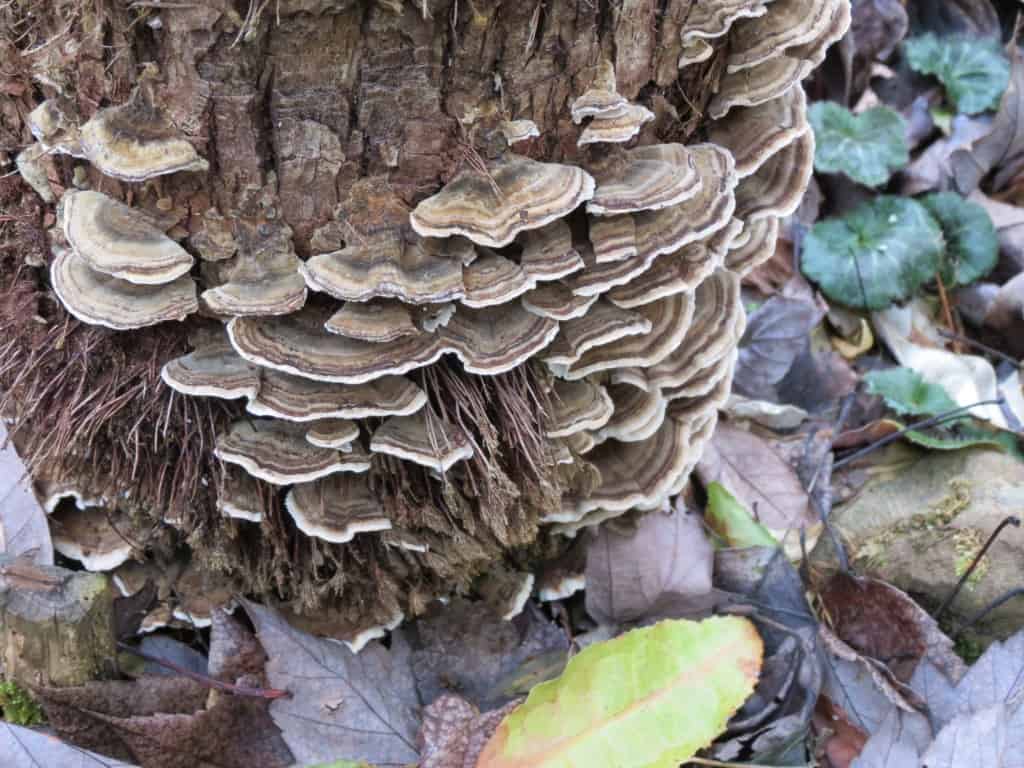
If you’d like to give turkey tail cultivation a try, you can certainly purchase both ready to go kits and spawn but I have found that isn’t really necessary. Besides our wine barrel that became self inoculated, we’ve brought back pieces of wood from neighbor’s yards who had trees taken down and logs and stumps from the forest. In each case, turkey tail spores found our stash and eventually fruited. Whatever method you decide to try, they are a fun mushroom to grow and backyard harvesting is certainly convenient.
Stay safe, enjoy hiking our magnificent forests and happy mushroom hunting.
Ron
References
Photo of Roasted Turkey provided by Unsplash
Trametes versicolor by Michael Kuo
Turkey Tail Mushroom Identification and Uses at Practical Self Reliance
Turkey Tail Fungus at Macalester College
Bleaching of Wood Pulp – US Department of Energy
Trametes versicolor Polysaccharides in Cancer Therapy: Targets and Efficacy – NCBI


